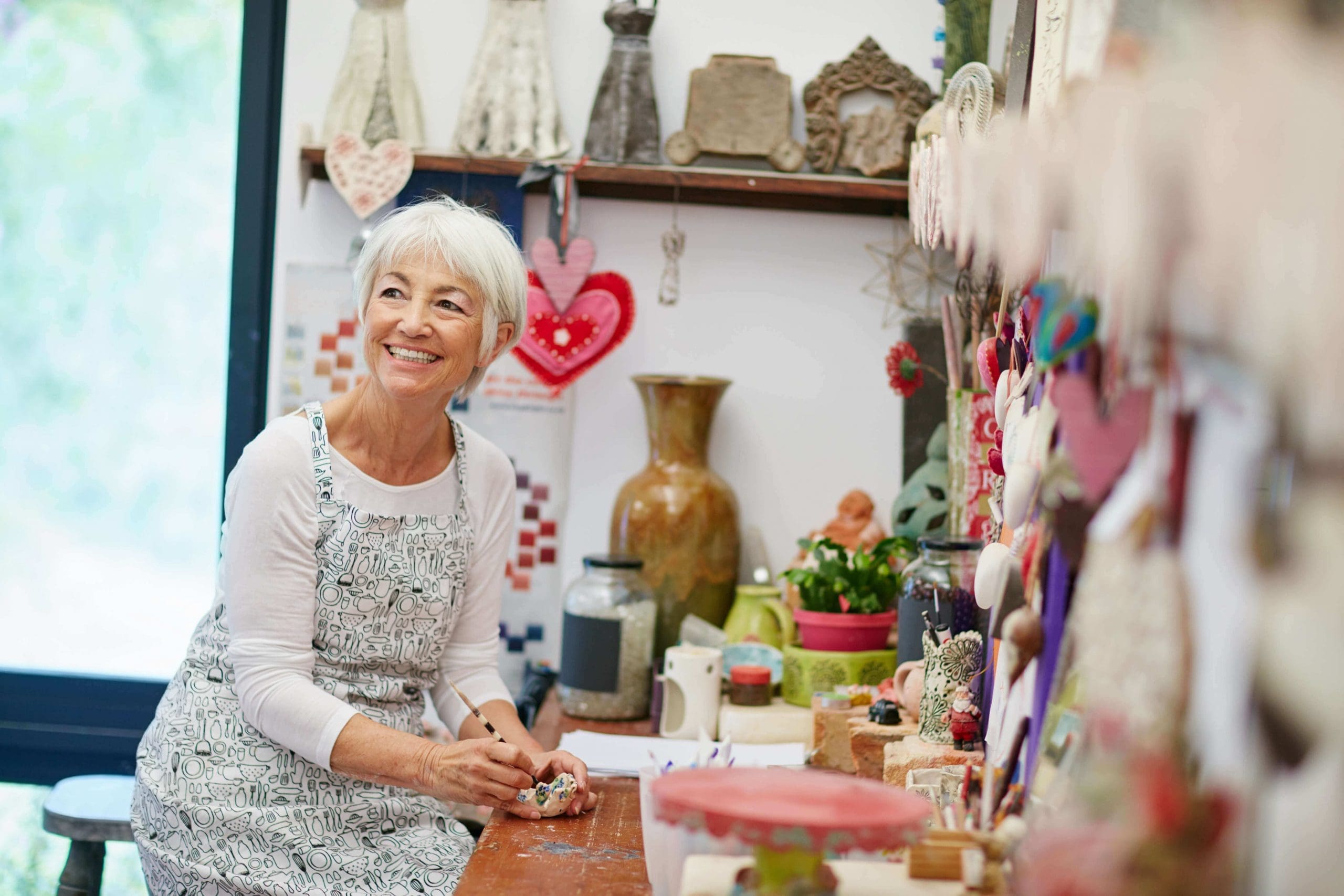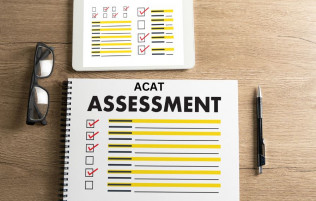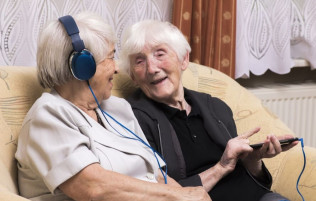Reminiscence therapy for people living with dementia

Dementia is on the rise in Australia and around the world. There are an estimated 472,000 Australians living with dementia and 1.6 million people involved in the care of someone who has dementia. Without a medical breakthrough, the number of people with dementia is expected to increase to 590,000 by 2028 and 1,076,000 by 2058.
There is currently no cure for dementia, and treatment may improve some of the symptoms but generally won’t reverse or halt the disease. For people living with dementia, self-identity can feel like it’s slipping away as memory and cognitive function declines.
Reminiscence therapy is a newer form of therapy that can help people living with dementia to recall fond memories and share them with family and friends, helping to reestablish their sense of self and their identity.
What is reminiscence therapy?
Reminiscence therapy uses a range of difference objects, sensations or stimulants to try and trigger memories. People with dementia often have issues with their short term memory but retain older memories, so the aim of reminiscence therapy is to create an environment where these long-term memories are easily retrieved.
Reminiscence therapy is a way to connect with someone living with dementia. It allows them to be involved in the conversation and contribute to it, rather than sitting back and listening to others talk, as can often be the case.
The goal of reminiscence therapy is to help people with dementia to feel valued, happy, and calm by recalling and reliving moments from their past. It has been shown to reduce depression, isolation and boredom in people with dementia.
Reminiscing vs. remembering
Remembering isn’t the same thing as reminiscing. Asking someone with dementia to try to remember a particular event or object can cause anxiety, frustration and embarrassment if they are unable to.
Reminiscing doesn’t focus on a specific memory or event. Whatever comes up is explored, and if no memory appears that is also fine. Reminiscence therapy doesn’t try to force any particular memory and the conversation is lead by the person with dementia.
Trying reminiscence therapy
Our sense are powerful and many of our memories are triggered by the same sensations that we experienced at the time of the original event.
Reminiscence therapy uses all of the senses to try and invoke memories of the past.
Here are some things you can try:
Taste
Cook your loved one’s favourite dish and offer them tastes along the way. Don’t be surprised if they quickly get involved and instruct you on the correct way to cook the dish!
Touch
Try a favourite tactile activity, such as painting, pottery, knitting, crafts, or woodwork. If your loved one didn’t have artistic hobbies, try something like gardening, or kneading bread if that was something they used to do. Even something as simple as folding washing together can trigger memories.
Smell
Smell can be a very potent memory evoker. It may take some time to find the right scent trigger, but essential oils, candles, or baking cookies are good places to start!
Sight
Looking at old photos or memory books is always a good way to trigger a memory. Sometimes doing this in a more casual way, such as leaving a book open on the table, or putting up a photo within view, is the best option. Sitting down and going through a photo album together can be confusing and cause distress, particularly if the photos and people in them are now unfamiliar.
Watching a favourite movie or TV show may also trigger memories.
Sound
Playing familiar songs, such as those owned by your loved one, may take them back to a particular time and place. Again, doing this casually and having it playing as background noise is a good idea. That way, your loved one is free to reminisce about anything that may come into their mind.
Go with the flow!
The key with reminiscence therapy is to follow along and let the conversation go wherever your loved one takes it. Trying to steer them back to something in particular may not be helpful and its best to participate in the conversation with minimal prompting.








